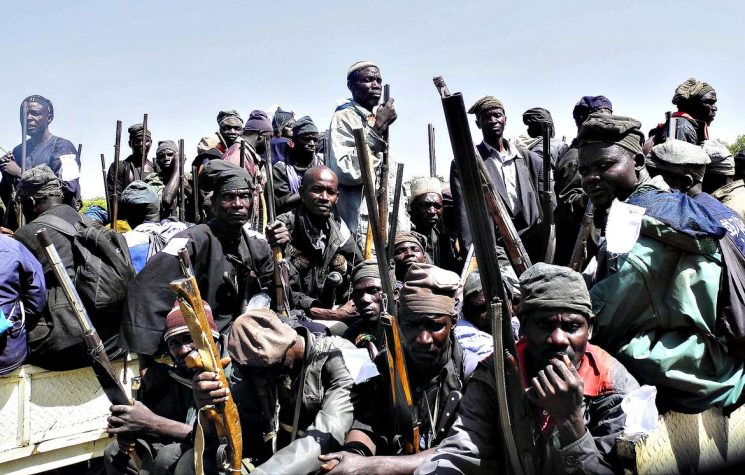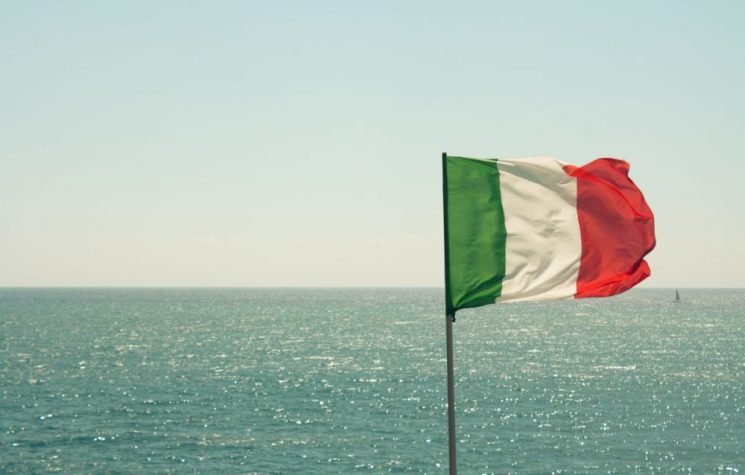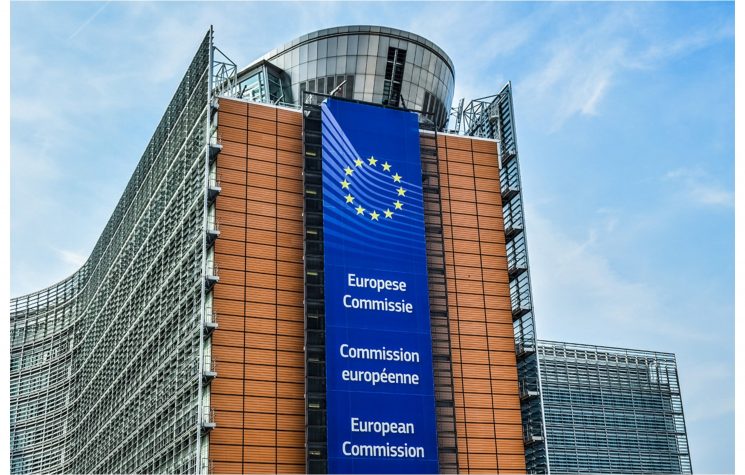No liberation struggle has ever begun without a people who believed in it.
Contact us: info@strategic-culture.su
Lunch at the tavern
A video showing an argument between an Israeli couple on vacation in Naples and the owner of the Taverna Santa Chiara restaurant in Spaccanapoli, a stone’s throw from the historic monastery, has gone viral on social media. The tone is very harsh and the reason for the argument is clear from the dialogue. As she leaves the restaurant, the Israeli woman accuses the owner, Nives Monda, of being “anti-Semitic” and of supporting “terrorism.” The restaurant owner replies, “I don’t want your money, the Zionists have killed more than 50,000 people.”
The incident caused a stir and immediately went viral on social media, at a very delicate moment in the Zionist narrative in Italy, which is supported by the government and has become the subject of censorship and discrimination for all those who support Palestine and do not accept Israel’s diktat.
The restaurant’s managers, who have always been attentive to human rights and committed to promoting an inclusive space, expressed their dissent, declaring their condemnation of what they believe to be an ongoing genocide against the Palestinian people, which qualifies as a crime against humanity.
The customer then accused the managers of anti-Semitism, claiming that support for the Palestinian cause was tantamount to complicity with terrorism. She also began filming the owners, staff, and other customers—including minors—without their consent. The videos were then posted online, accompanied by serious defamatory statements, with unfounded accusations of anti-Semitism and support for terrorism, contributing to fueling a hate campaign.
Since then, the business has begun receiving anonymous messages containing threats of organized attacks, destruction of the premises, physical violence against the owner and employees, and incitement to rape the owner. Such conduct, in addition to being morally reprehensible, constitutes a criminal offense.
The managers reiterate that their only responsibility is to have joined the campaign for spaces free from Israeli apartheid, declaring their opposition to human rights violations in Palestine. The venue in question, which has always welcomed people of all nationalities, faiths, and ethnicities, reiterates its total opposition to any form of racism or discrimination, including anti-Semitism, Islamophobia, and anti-Palestinian racism, reaffirming its commitment to maintaining a respectful and safe space for all, as specified in the press release issued after the incident.
The violence of Zionism
Zionism is not an ethnicity, a religion, a nationality, or a social group. Zionism is a political ideology that is inherently violent, supremacist, racist, anti-democratic, and anti-Semitic (the only true Semites in Israel today, or rather in occupied Palestine, are the Palestinians who are victims of genocide).
Events such as the one described are only the tip of the iceberg.
In Italy, in fact, a national program on anti-Semitism was issued in March, introducing new measures of total surveillance against Italians. The definition of anti-Semitism adopted is the same as that of 2020, i.e., the one produced by the IHRA and reported on pp. 10 of the document, where it is expressed in 11 points. In short, any form of criticism of Jews or Israel constitutes a form of anti-Semitism, even simply acknowledging their over-representation in centers of power, in the pharmaceutical industry, in finance, and in centers of information control. Criticism of Israel as a Jewish state and denying its legitimacy as a state according to this definition are also anti-Semitism. On page 14, it is reported that the Palestinian question has led to an increase in anti-Semitism in Italy, and as proof they cite the annual report on anti-Semitism for 2024. They also consider the denial or downplaying of the Holocaust (p. 17) to be a form of anti-Semitism, so as to pass off positions taken on history as positions against a group of people, thereby inflating the number of anti-Semites in Italy.
Such a broad definition of anti-Semitism serves to justify the application of certain surveillance measures.
The first line of attack is massive data collection (pp. 21) provided by various entities listed on pp. 22-23. The new plan introduces a centralized analysis system (p. 23) that will use AI (p. 25) to collect and analyze data such as attacks against Jews, acts of vandalism, anti-Jewish graffiti, but also comments on the internet: social media, public platforms, and even the onion network will be scanned for data on anti-Semitism and automatically reported to the postal police. The entire last section (pp. 44-50) of the document is dedicated to the fight against online anti-Semitism, where counter-information groups are defined as sects. The measures include censorship of any anti-Semitic content through DSA, attempts to prosecute the authors, and the use of AI and journalists to attack “conspiracy theorists” (pp. 48).
On the ground, they will strengthen security at synagogues and Jewish neighborhoods and hinder protests and demonstrations that they deem to be anti-Semitic (pp. 40-41).
The second line of action is propaganda, which they call “education” (p. 28). In schools, universities, etc., it is necessary to teach the “value and richness of the contribution that Jewish communities have made to contemporary societies” (p. 29), creating a narrative completely opposite to reality, where Jews are exalted as the saviors and champions of Western civilization. On p. 33, we read that they want to bring Jews into schools to teach the Jewish religion to children in the name of “religious tolerance.” At the university level, they want to establish a degree course in Jewish studies where they train anti-fascist and pro-Jewish propagandists (p. 31) and doctoral courses on the fight against anti-Semitism. In addition, museums, exhibitions, shows, and films exalting Jewish culture will be promoted, and they explicitly state that they will use the national media to indoctrinate against anti-Semitism (pp. 38-39).
Thus, within a few months, we could see examples of social violence motivated by the intolerance of those who do not accept being discriminated against according to arbitrary and ideological criteria. The invention of anti-Semitism as a kind of “original sin” of the whole world after 1945 was one of the most accurate moves of the Zionist leadership.
The immense tragedy that the Holocaust represented for our civilization is comparable to a genuine natural cataclysm. But the Holocaust has now become something else, something that has nothing to do with the memory and respect for the Jewish victims: an exploitation of suffering and an ideological weapon for political ends.
So what do a lunch in a Neapolitan tavern and the battle for Palestine, for Gaza, have in common? It is precisely in simple, everyday places that there is still the possibility of exercising a truly political, popular power, built by the people.
No liberation struggle has ever begun without a people who believed in it. Freeing ourselves from the ideological game of Zionism is increasingly imperative for the peoples of Europe.




























